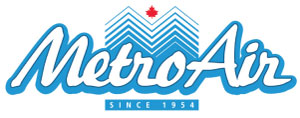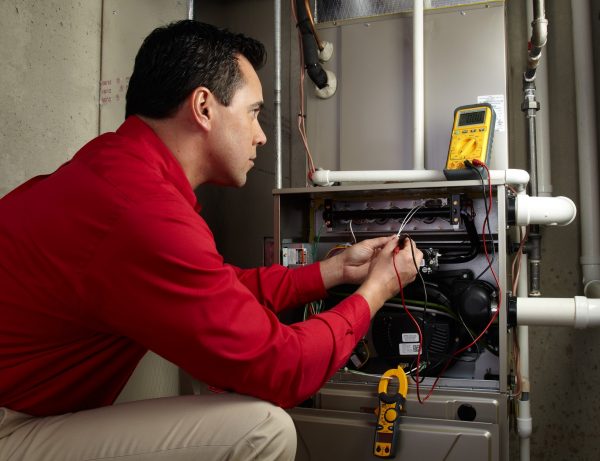Why Has Your Furnace Stopped Working?
It’s cold outside, and your furnace isn’t producing the heat that you’d expect. As your heart starts pounding and panic begins, your mind races about the possible problems. Calm yourself, and prepare to walk through a few things to help you identify the problem. The first few are even ones that you can easily solve on your own.
Thermostat Needs New Batteries
The thermostat is the brain of your furnace but is easy to forget about maintaining. Fortunately, modern digital thermostats don’t require regular calibration like older analog models. However, many thermostats are battery-operated, and those batteries don’t last forever. When they lose their charge or die completely, the system will not initialize.
The recommended changing schedule is twice annually to ensure there’s plenty of charge for the full season. Ideally, plan to change your thermostat’s batteries when you have fall and spring HVAC maintenance. A battery symbol on the thermostat is a key indicator that they need replacing.
Your Air Filter Is Clogged
Even more than the thermostat, air filters are often neglected but critical to the function of your furnace. These filters keep out the contaminants floating around in your air, which will cause airflow restrictions within the furnace unit.
However, that means the filters clog and need periodic replacement as well. Clogged filters create airflow restrictions, reducing the amount of air flowing into and from the system. In the beginning, this just makes your system less effective. However, the clogs and reduced airflow can also cause heat to build up in the furnace, causing damage to electrical components or even the heat exchanger.
How often you need to change your filter depends on the filter size, your air quality, and how you run your system. Plan to check your filter monthly to catch it as soon as it needs changing.
Tripped Circuit Breaker
It should go without saying that your furnace won’t run without power. While it could technically burn the gas, it won’t run the circulating fan, turn on the induction fan, or operate the control board.
Check the furnace’s circuit breaker to make sure it’s still in the ON position. If it is tripped, try resetting it, and see if it trips again. A breaker that continually trips signifies an electrical problem that needs prompt, professional attention.
Faulty Ignition
The furnace must ignite the fuel before it can heat your home. In older models, you may have a standing pilot light, which may blow out from time to time. However, modern furnaces often have either a hot surface igniter or an intermittent pilot light that uses an electric spark to light. If there’s a problem with these components working properly, your burner will never light.
Find the window to your furnace’s burn chamber, and watch as it attempts to start. If it doesn’t light at all, you potentially have a faulty ignition. Leave this repair to a professional to ensure that you don’t cause any accidental damage to the new part or to the furnace itself.
Dirty or Clogged System
Even with a properly maintained filter, tiny particles will flow through and settle further into your system. These commonly collect on the heat exchanger, circulating fan, and just about anywhere the air flows. Over time, these particles will collect enough to create airflow restrictions, causing the same effects as a dirty air filter.
The best way to deal with these issues is through your annual furnace maintenance. Part of what your technician does during this visit is clean these parts to ensure the air can flow freely and maintain your system’s efficiency.
Malfunctioning Controls and Switches
Your furnace contains several sensors, switches, and controls to make sure that it’s operating properly. When these components age or are damaged from overheating, it can cause the system to register inaccurate readings, preventing it from starting.
One of the most common components that HVAC technicians find is a faulty limiter switch. This switch controls when the circulating fan activates and also helps prevent an overheated system. If it’s registering too much heat, it’ll shut the system down. If it registers too low of a temperature, the circulating fan may never turn on, which will cause the system to overheat.
Every furnace has a control board, which can malfunction on older systems. We say the thermostat is the brain because it signals when the furnace needs to turn on and off. However, the control board regulates the various actions within the furnace once the thermostat sends that signal. If this board malfunctions, the system won’t activate.
When it comes to repairing your furnace, trust the company that people in the Brampton area have turned to for over 50 years. Our NATE-certified technicians at Pinnacle Group provide air conditioning and furnace installation, maintenance, and repair alongside indoor air quality and water heater services. Call to schedule your furnace repair appointment with one of our trusted technicians today.


